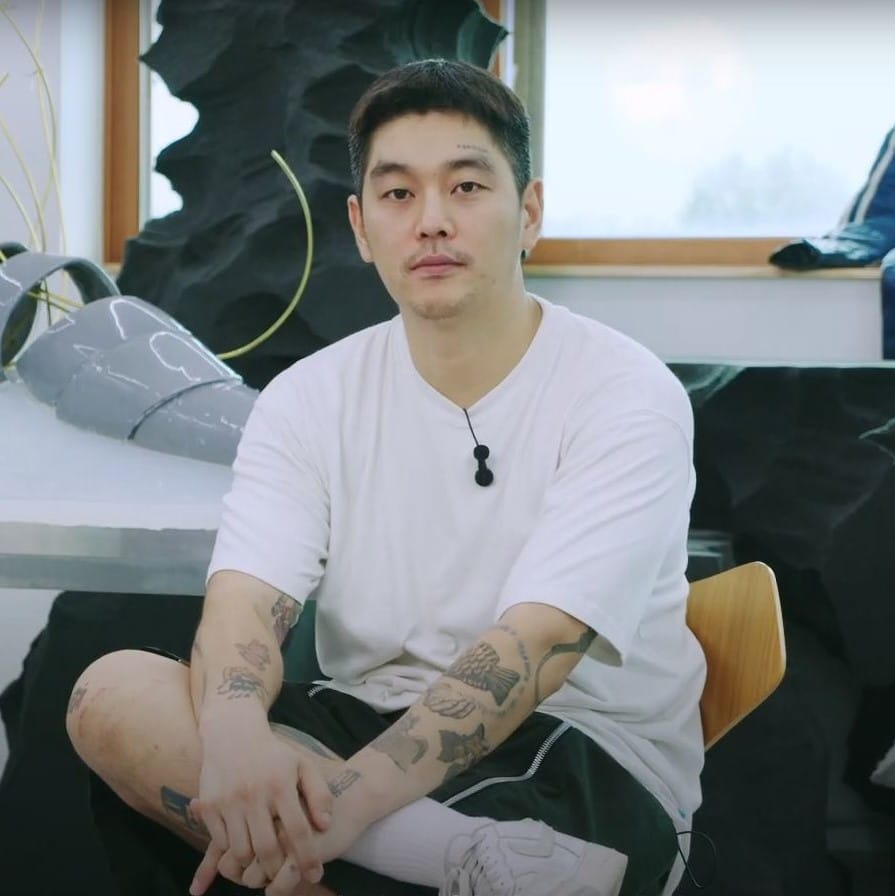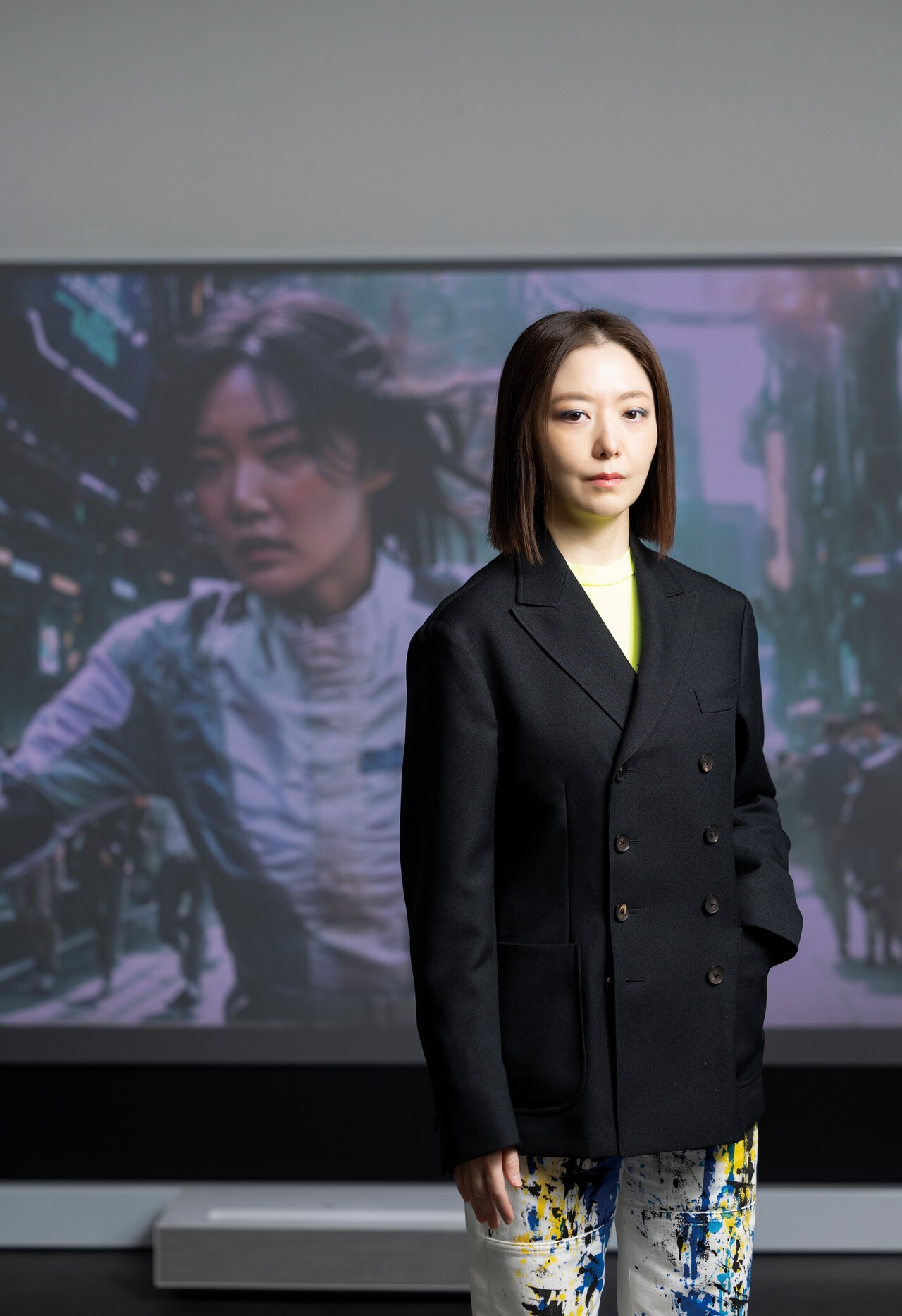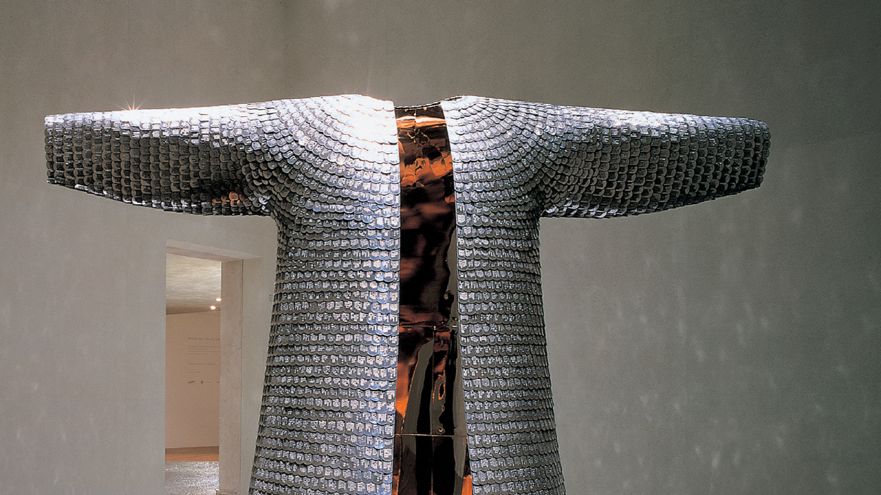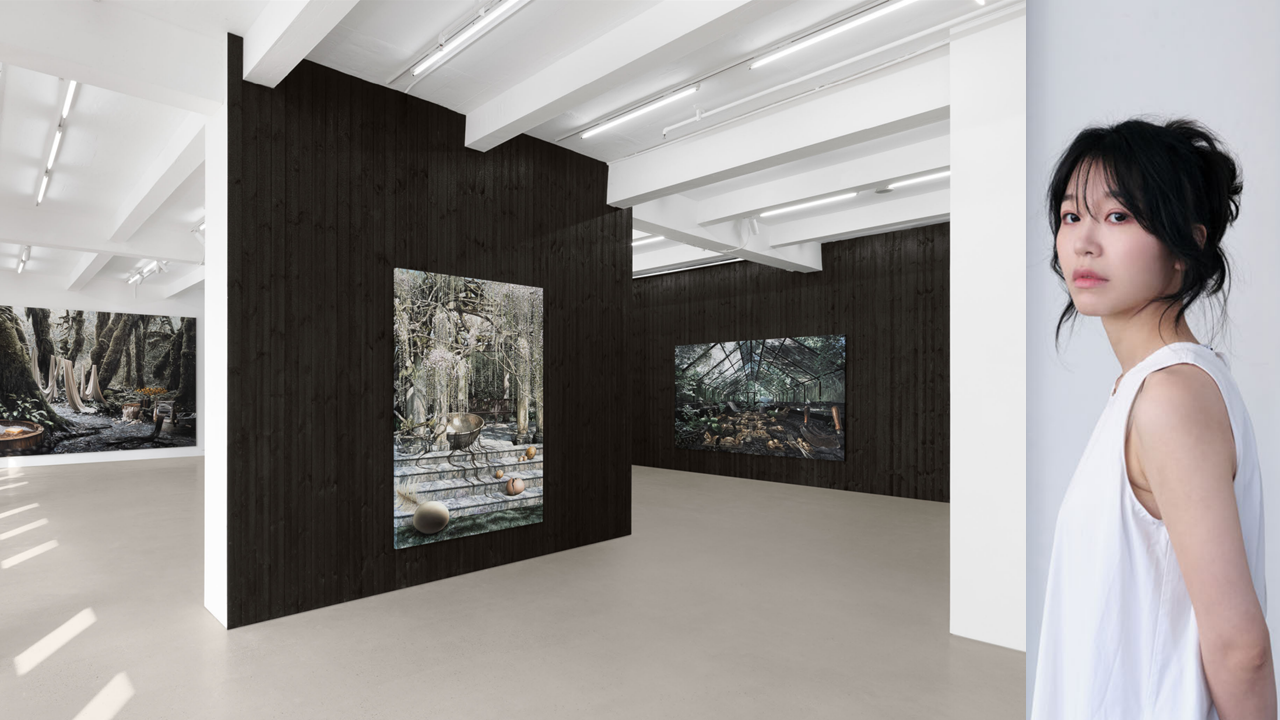The annual Korea Artist Prize, which marked its 10th anniversary this year, will be presenting new works by four artists—Kim Sangjin, Bang Jeong-A, Oh Min, and Choi Chan Sook—until March 20, 2022, at the National Museum of Modern and Contemporary Art, Korea (MMCA).
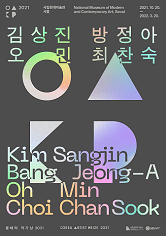
Korea Artist Prize 2021. ©MMCA.
The shortlist of four artists was selected by local and international art experts. The second evaluation will be held during the exhibition to select one overall winner, which will be announced in the first half of 2022.
The works of the four artists reflect the contemporary art of our times in various genres, such as sculpture, installation, painting, and video.
 Kim Sangjin. ©Korea Artist Prize.
Kim Sangjin. ©Korea Artist Prize.Kim Sangjin works with various media and forms, including video and installation, to reconsider the world driven by humans and technology. Kim especially focuses on the experiences people increasingly go through in the digital world, such as social media, the crypto world, and the metaverse, and reveals various contradictions and absurdities that may occur from a new viewpoint.
Among his works, Chroma Key Green (2021) talks about the paradox happening between the virtual world and reality. Chroma-key is a visual-effect technique used to remove a background. Green or blue backgrounds are commonly used, and subjects with this hue will be removed from a photo or video. In the work, Kim placed a transparent sandbag containing a green life-size figure in a green chroma-key background.
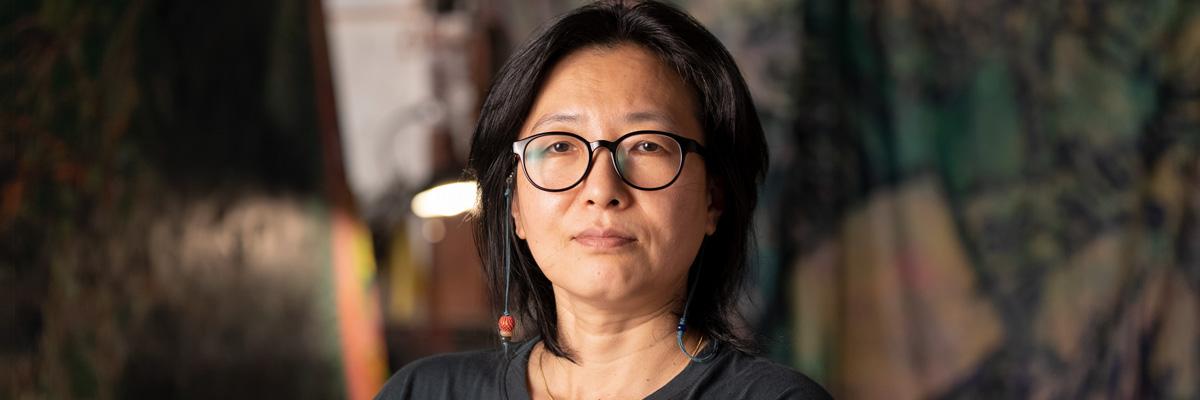 Bang Jeong-A. ©Korea Artist Prize.
Bang Jeong-A. ©Korea Artist Prize.Bang Jeong-A’s works are influenced by Minjung art, a South Korean sociopolitical art movement that emerged in the 1980s, and the Korean genre of realism in the 1990s.
Her large-scale paintings, which depict everyday life, hint at the other side of reality and the political landscape. For the title of her project, Bang picked the Korean term “heumul-heumul,” which is a word meaning a semi-liquid, mushy state. The term is used to reflect the current moment of our society where structures that were once thought to be stable are faltering, and to reflect her way of using multiple thin lines to draw the outlines of the paintings, which makes the form quaky rather than robust.
Bang’s project consists of two parts in the show: politics in Korea and the plastic ecosystem.
 Oh Min. ©Korea Artist Prize.
Oh Min. ©Korea Artist Prize.As a music major, Oh Min attempts to raise recognition of sound, movement, and time through works that integrate sound, video, and performance.
Heterophony (2021) is a work of five screens with sound installations. In music, heterophony is the simultaneous variation of a single melodic line.
Oh borrows the concept and asks the viewers to reconsider how the notion of “here and now” can appear differently from the perspective of the actor, director, and viewer by recording a particular situation from multiple points of view.
 Choi Chan Sook ©Korea Artist Prize.
Choi Chan Sook ©Korea Artist Prize.Germany-based Choi Chan Sook focuses on telling the stories of migrations, communities, and their relationship to humans through sound and video installations.
In this exhibition, Choi talks about the various concepts of land and its history. qbit to adam (2021) reflects various examples of “land,” such as soil, ore, and earth, and the new concept of land, such as the virtual land of crypto mining. She attempts to show how people attempt to possess these limited resources and how society changes to deal with them.
The Korea Artist Prize is MMCA’s artist award program in partnership with the SBS Foundation. Since 2012, the award has been supporting artists who have significantly contributed to the Korean contemporary art scene. Through this support, the prize aims to create a new discourse in the global art world by raising recognition of Korean contemporary art.
References
- Korea Artist Prize, 2021 Artists
- National Museum of Modern and Contemporary Art, Seoul (MMCA), Korea Artist Prize 2021
- 문화뉴스, ‘올해의 작가상 2021’ 후보① 최찬숙 작가···우리가 사는 땅은 누구의 것인가?, 2021.11.07
- 문화뉴스, ‘올해의 작가상 2021’ 후보② 오민 작가···지금-여기, 시간에 대한 매체적 탐구, 2021.11.14
- 문화뉴스, ‘올해의 작가상 2021’ 후보③ 방정아 작가···‘흐물흐물’하게 던지는 시대의 질문, 2021.11.22
- 문화뉴스, ‘올해의 작가상 2021’ 후보④ 김상진 작가···‘짤방(밈 Meme)’의 언어로 풀어낸 동시대적 관점, 2021.12.01







